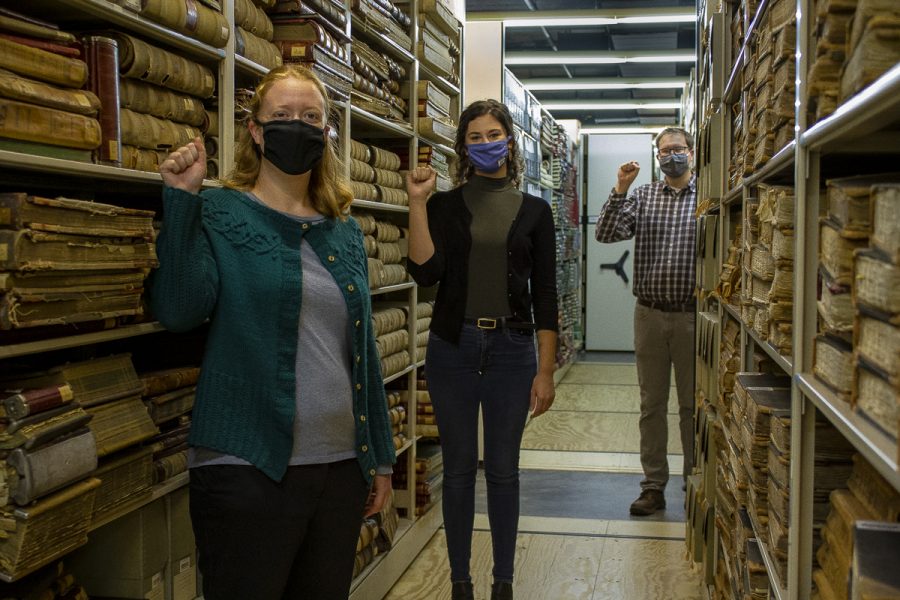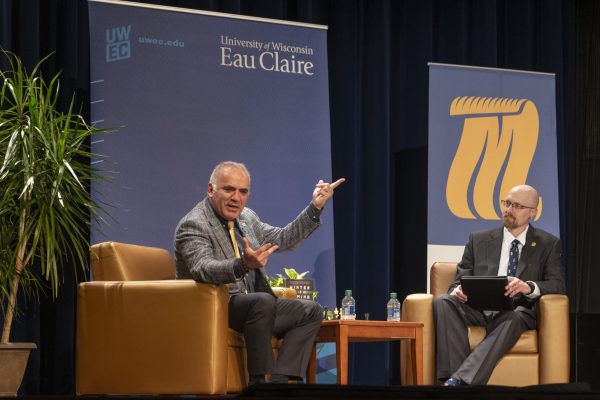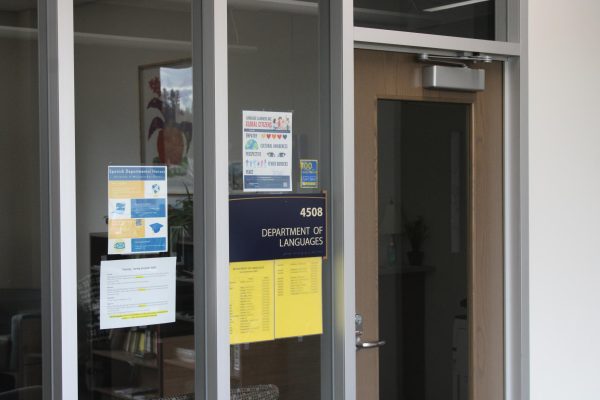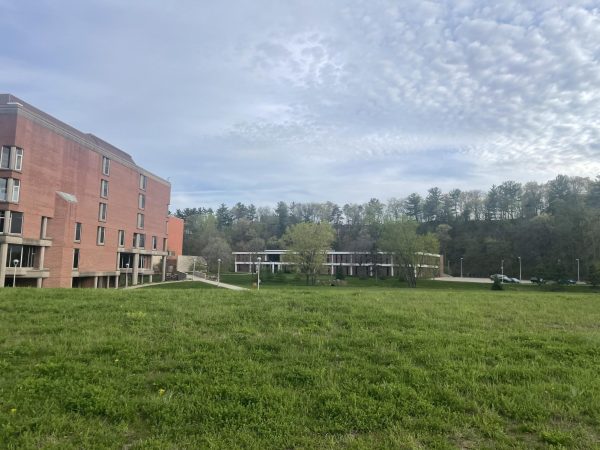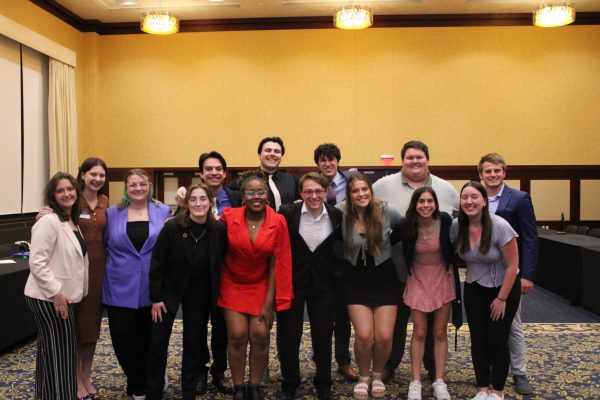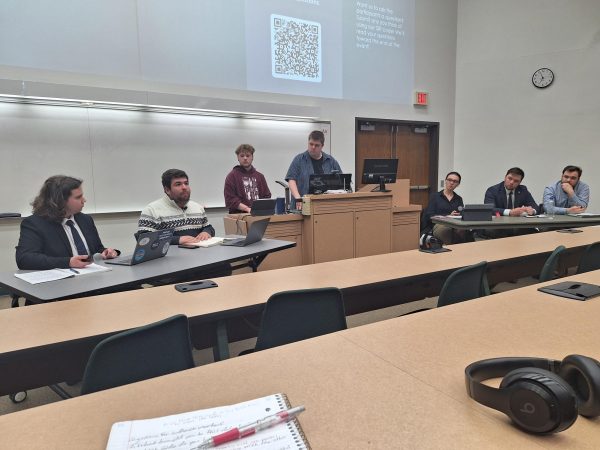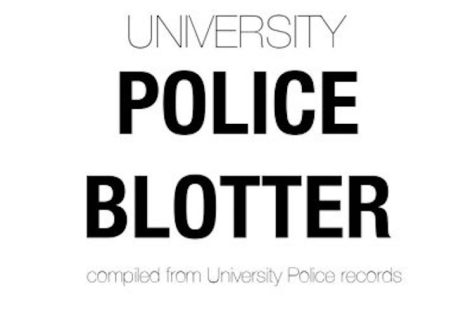UW-Eau Claire opens virtual exhibit commemorating 100th anniversary of women’s suffrage in the Chippewa Valley
Work to ratify the 19th amendment in the Chippewa Valley is highlighted in this exhibit by focusing on newspapers and people in the movement
More stories from Ben Strong
Photo by Emma Steiler
Liliana LaValle, digital learning and instruction librarian, Emma Mabie, student co-curator and fifth-year integrated strategic communications student, and Greg Kocken, head of special collections and archives, raise their right fists.
UW-Eau Claire students and faculty opened a virtual exhibit to commemorate the 100th anniversary of the 19th amendment, which became ratified on Aug. 26, 1920.
The exhibit takes a deep dive into the local history of women’s suffrage, focusing on leaders and articles that highlight the struggle of women in the Chippewa Valley.
Anna Wendorff, a second-year communication studies student and co-curator on the exhibit, spoke about the difficulties she faced putting the exhibit together.
“I had to comb through a thousand newspapers to find one part of one section about suffrage,” Wendorff said. “Not only that, but I was focused on the 1912 referendum, which made the search even more narrow.”
According to Wendorff, some of the specific challenges of curating a virtual exhibit included learning about the computer program the team used to put the exhibit together.
“We had to work with Omeka,” Wendorff said. “I’m a humanities major, not a computer science major, so it was hard to learn the software.”
According to Greg Kocken, head of special collections and archives at UW-Eau Claire, there are advantages to having a virtual exhibit.
“There are some things you can do digitally that you can’t do physically,” Kocken said. “You’re able to have all the artifacts in a space, so you’re able to build a gallery that wouldn’t look proper in a physical exhibit.”
Kocken also spoke about why virtual components to exhibits could have a permanent place at UW-Eau Claire.
“When it’s a physical exhibit, you’re limited by location,” Kocken said. “When it’s digital, most everybody can access that location from the convenience of their home or their phone.”
With the polarized political climate today, Liliana LaValle, a digital learning and instruction librarian at UW-Eau Claire, spoke about the goal of the exhibit.
“The main goal of the exhibit is to educate people about the fight for women’s suffrage here a hundred years ago,” LaValle said. “When you learn about women’s suffrage and the arguments made for and against it, it will hopefully get people geared up to want to exercise their right to vote.”
While there weren’t any takeaways LaValle wanted to highlight specifically, she said she was struck by polarizing opinions that were revealed through the show.
“One thing that stood out to me was that this was a very polarized debate a hundred years ago, and today we look back on it and say ‘yeah, women were going to get the right to vote’, but it wasn’t so sure back then,” LaValle said. “When we get that perspective, it sheds light on debates we have in the present.”
Emma Mabie, the other student curator and a fifth-year integrated strategic communications student, spoke about the importance of this exhibit during this presidential election cycle.
“When we first started it, I figured the big significance would be the 100th anniversary, which it is,” Mabie said. “But now, with the election so close and the idea that politicians are blocking people from voting, it highlights the fact that, if you can vote, you should vote.”
Mabie said one of the most interesting things she had learned while curating the exhibit was about Violet Leigh, a woman and prominent poetess who opposed suffrage. She also mentioned the opposition posed by Wisconsin breweries. Both topics are discussed more in the exhibit.
“One of the views of the opposing side was ‘why should women get the right to vote, they’ll just vote like their husband,’” Mabie said. “One of the things that the Political Equality League taught was how to vote for policies that you want, which is why it’s so important to do that ourselves today.”
The 19th Amendment exhibit can be found here.
Strong can be reached at [email protected].
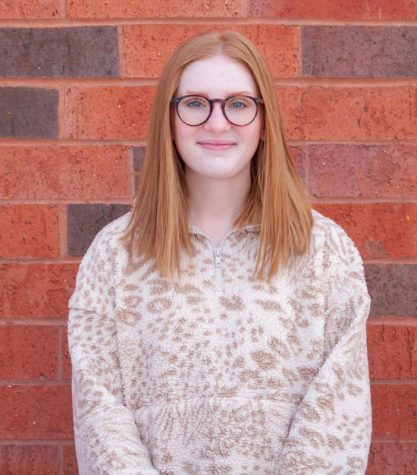
Emma Steiler is a fourth-year management and entrepreneur student. This is her second semester on The Spectator team. On rainy days she enjoys playing Animal Crossing: New Horizons and writing poetry.

